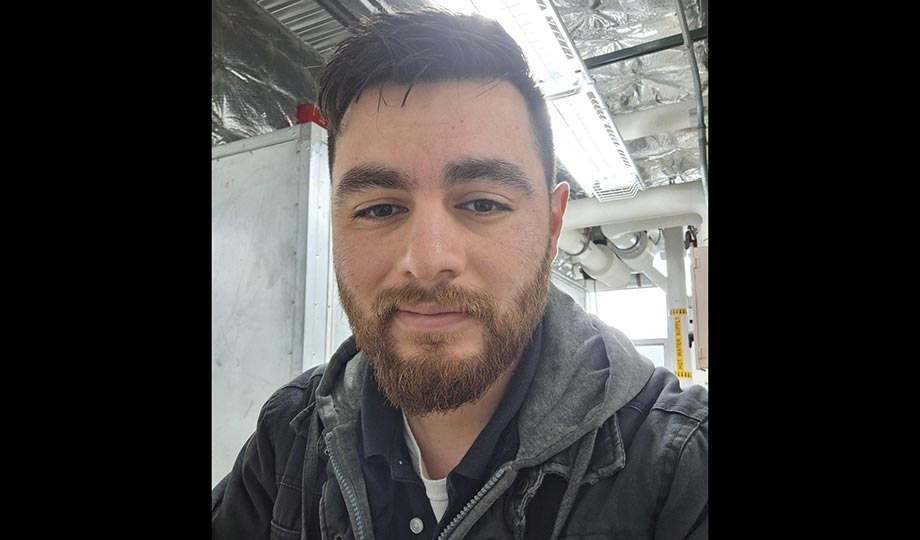Whether you want to study math because you enjoy algebra, calculus or geometry or whether you want to work in a mathematics-related field like finance, statistics, physics, engineering or chemistry, College of DuPage offers a variety of math courses that can help you meet your goals.
Students can earn a general Associate in Arts or Associate in Science degree through the Mathematics Transfer Pathway. Throughout the path, students will learn how to apply mathematical theory to real world problems and will learn how to interpret problems in order to draw accurate conclusions. Math courses range from transfer, occupational and general math refresher classes.
COD also offers a Transitional Math program, which is a collaboration between the College and local high schools. The Transitional Math program is designed to prepare students for college-level math.
Success in mathematics requires hard work and dedication. Mathematics faculty at College of DuPage are committed to helping you succeed in all of your math courses. If you have questions about math at College of DuPage or about your future in math or math-related fields, complete the inquiry form or contact a faculty member.
Determine Your Path
Students that take math courses or earn a degree in math can apply mathematical techniques to science, management and educational careers.
You want to attend a college that gives you a strong foundation for the future. At COD, you'll discover:
- Dedicated instructors with years of professional experience.
- Instruction utilizing state-of-the-art equipment and resources.
- Affordable courses to help you achieve success without creating overwhelming debt or draining your savings account.
- Small class sizes to ensure you receive personalized attention.
Mathematics Transfer Pathway, A.A. and A.S.
What is a Transfer Pathway?
A transfer pathway represents a typical course schedule/sequence for a student planning to complete the A.A. degree within two years, then transfer and major in a specific discipline. A transfer pathway is not institution-specific.
It is important to understand that the pathway provided in the adjacent tab is just one possible combination of classes by which to complete an A.A. and prepare for transfer in your chosen area of study. Other course combinations and sequences can work, too. It is strongly recommended that students work directly and frequently with a COD academic counselor/advisor, a COD faculty advisor, and academic counselors/advisors at potential transfer schools, to develop and execute a plan that works best for them.
Get Started Today
The first step to getting started in the Mathematics program is to apply for admission.
Academic and Career Pathways
Students who complete college level mathematics will:
- Apply mathematical theory to solve relevant problems
- Interpret mathematical models to draw informed and accurate conclusions.
- Estimate and check answers to mathematical problems in order to determine reasonableness
Students who complete developmental mathematics will:
- Solve intermediate algebra equations and inequalities (quantitative reasoning)
- Determine an appropriate mathematical model for an applied word problem (critical thinking and quantitative reasoning)
- Identify, classify, and interpret graphs of functions (information literacy and quantitative reasoning)
- Understand the difference between equations and expressions (quantitative reasoning)
College of DuPage partners with several four-year institutions to help students seamlessly complete a bachelor’s degree in mathematics. Students can connect with Transfer Services for personalized guidance on transfer opportunities.
For more information about Transfer Pathways, visit the College of DuPage Catalog. The pathway outlines a typical two-year course plan for completing an AA or AS degree before transferring to a four-year program. Course requirements vary by institution, so consult your faculty or academic advisor for specific guidance.
Articulation Agreements
College of DuPage maintains transfer agreements with many colleges and universities to ensure a smooth transition toward a bachelor’s degree. These agreements often include a defined course sequence. Students should regularly meet with a faculty member or the Counseling and Advising office to stay on track.- Elmhurst University, AA to Bachelor of Science in Mathematics with Secondary Education Licensure
- University of St. Francis, AS to BS in Mathematics
Transfer Guides
Beyond articulation agreements and guaranteed admission programs, College of DuPage courses transfer to many other institutions. Transfer Guides help students select COD courses that meet prerequisites for specific majors and include details such as contact information, major requirements, general education requirements, and transfer policies.Career Information
Explore careers based on your interest, location and salary range or view top occupations by income.






